Meet our rather adventurous 2009 purchase, Rubus Nidigrolaria; the Jostaberry. Developed in Europe, the Jostaberry is a thornless cross between the Blackcurrant and the Gooseberry. Results to date have been poor to say the least. This, the Olympic year, is its last chance to determine its future; compost heap or eternal sorbet/crumble rich prospects.
On the endless quest for tasty curiosities, the Jostaberry joined a whole crew of fruit bushes in our fruitcage, including; Blackberries (Black Butte, Boysenberry, Tayberry, Loganberry, Japanese Wineberry, Blackberry Silvan), Raspberries, Gooseberries, Cherries, Strawberries, Currants (red, white, pink), and Josta’s dad; the Blackcurrant.
Original purchasing decision was based on; (1) Juicy catalogue photograph of luscious looking berries, (2) Yield potential; plant capable of 5kg yield of large, twice size of normal Blackcurrants, (2) Taste; bit of both scrumptious parents, (3) Growth habit; vigorous, upright and thornless, (4) Soil suitability; grows on most normal soils and (5) Disease resistance; resistant to Gooseberry mildew, Blackcurrant leaf spot and Blackcurrant gall mite. Furthermore, with an A+ score for supermarket shelf absentia, how could anyone resist?
Leafy Yield
Textbook advice, states that plant to harvest time is two years, with each plant capable of producing that magic yield of 5 kg of fruit. Though, we have yet to see a harvest higher than, 5 grams. Meanwhile, its parent and fruit cage neighbour, the Blackcurrant, has produced harvests of at least 750g. The Gooseberries are in cordon training mode, hence not yet expected to yield substantial harvests.

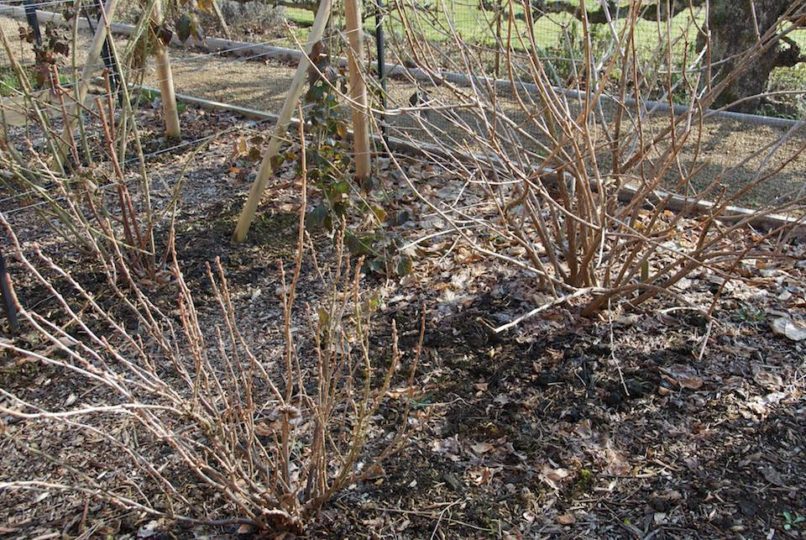

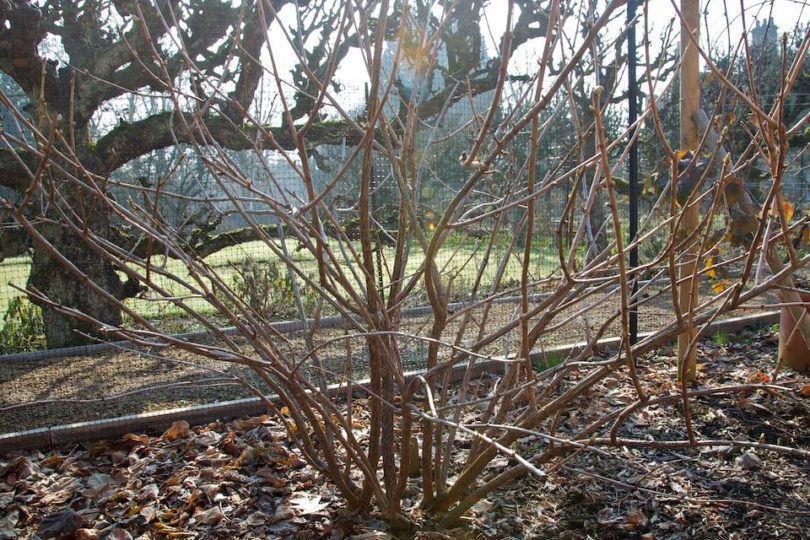
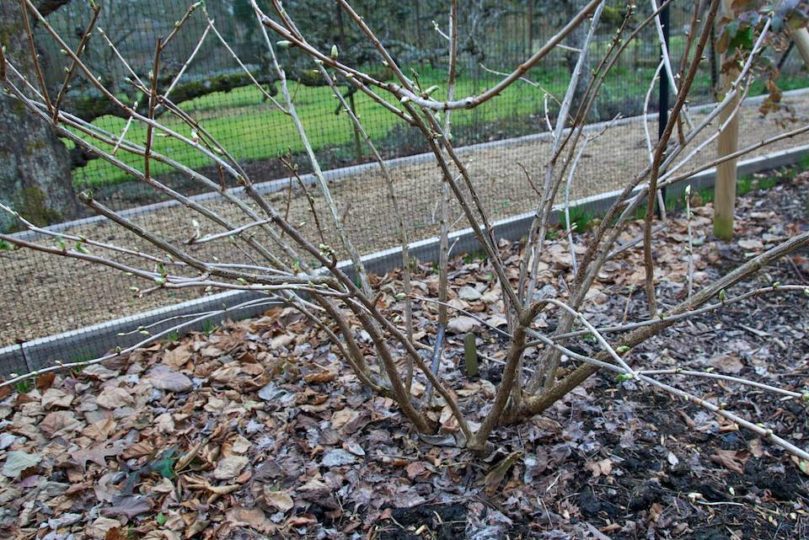
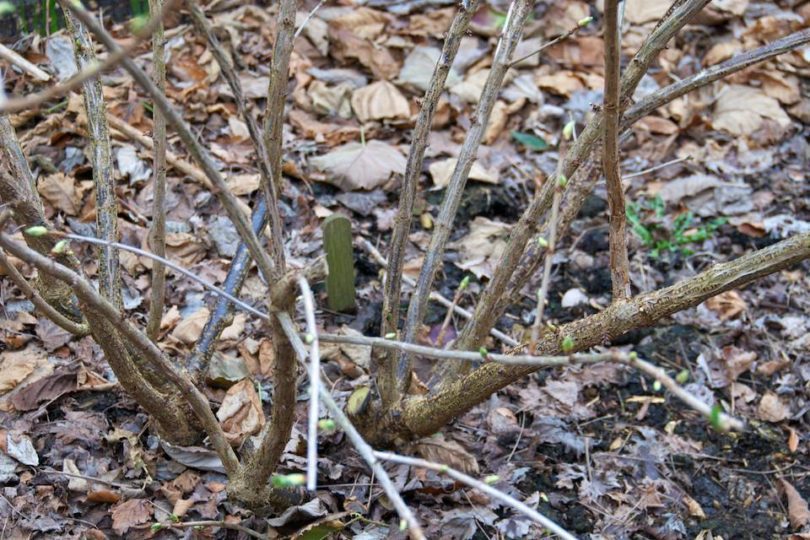
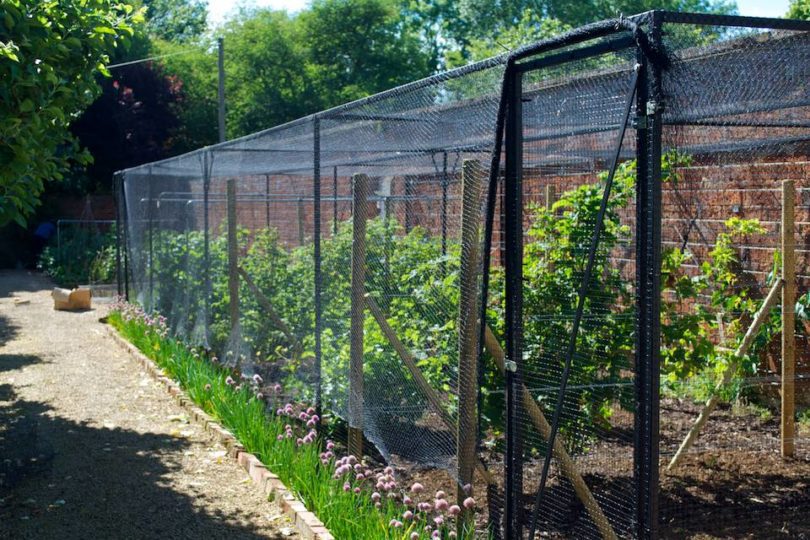
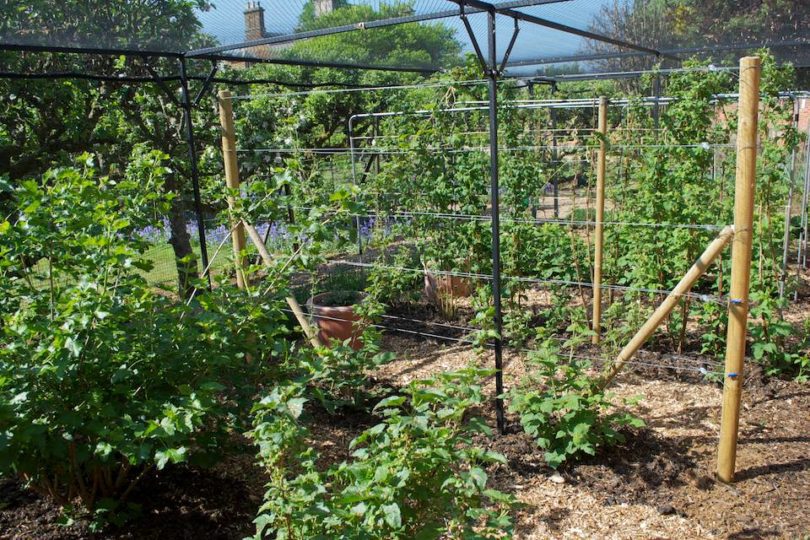
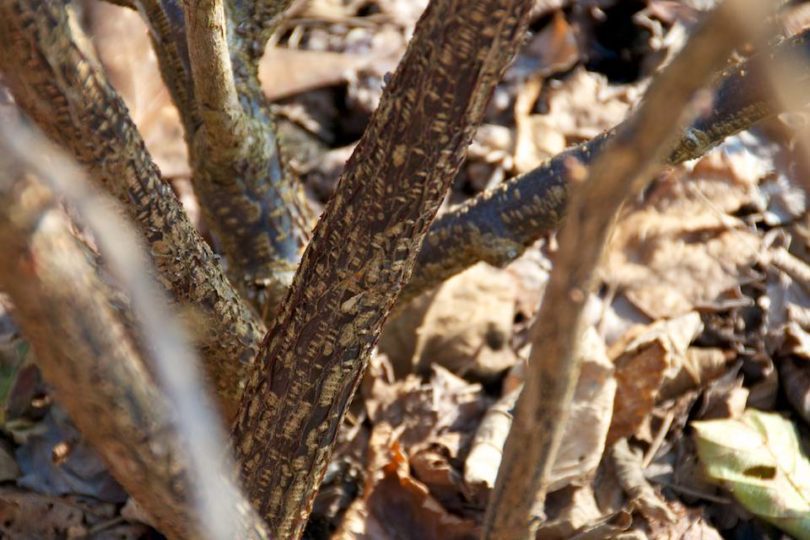
Instead of delicious fruit, the Jostaberry has grown into an enormous plant, with ridiculously long branches and hence taking up far too much space within the set limitations of the cage. Furthermore, and this is the saddest part of the whole affair, the few fruit that it did produce were in truth, not that exciting. Tasting simply more like a mild Blackcurrant than anything really special. Jon Munday, Nursery Manager Blackmoor, said in a recent tweet, ‘I would have a Blackcurrant or Blueberry over the Jostaberry, anytime’. He may very well, be correct.
Horticultural CSI
Just as the excessively naughty behaviour in our dog, is the result of our doomed training attempts, owners are usually to blame. So what went wrong?
At a Chelsea Flower Show, Roger Muir laughed heartily at our generous manuring and/or composting. He explained that too much nitrogen in the soil, would encourage the plant to set growth rather than fruit. Instead, he advised to use feeds with high levels of potash and an application of Bonemeal in spring, spread around the base of the plant. Potash feed has since been added, and this year some scrummy bonemeal will be provided.
Despite being more tolerant than most berries, the Jostaberry needs substantial moisture to develop fruit. The cage though has an underground irrigation system, and our soil is wetter than most, so this could not have been the issue.
The Jostaberry enjoys full sun in afternoons, though partial shade in the morning which it is written, does them little harm. Frost can be an issue as their flowers can be damaged by a late frost which will result in lower yield. The late frosts of last year, were most likely the principal cause of our rather poor yield. It remains to be seen, if frost can also impact fruit quality and/or taste.
Pruning
As was advised on planting, we trimmed shoots to two buds above soil level. Sounds and looked drastic, but encouraged strong root system, healthy growth and presumably prevents the plant from growing even bigger. Subsequent winter, no pruning. Come second winter, pruning starts to encourage young growth, which (theoretically) have better fruiting potential.
Pruning is as prescribed, with the four D’s; remove Dead, Diseased, Dying and Damaged wood. Consequently, prune to maintain the (cup) shape; prune centre of plant to let in light and air, and finally, remove crossing or rubbing branches.
On a strong established bush such as ours, we will have to cut out, (max) a third of the (central) old wood (to the ground), to reduce its rather overcrowded growth. On weaker bushes, reduce pruning to around one fifth of the old wood to ensure plant can fill out as a bush. Remove any low, ground hugging shouts to prevent fruit touching ground. Note, despite being so tall, no tip pruning, especially as they are now covered in juicy buds.
Plan of Action
Therefore, the Jostaberry survival plan is as follows;
- Prune into shape, to ensure adequate air circulation and sunlight
- Ample potash & bone meal
- Consistent Watering (within allowances of possible hose-pipe ban)
- Extensive Morris dancing to ensure favourable weather conditions and keep frost at bay
Keep or Heap?
Our fingers are crossed for the Jostaberry. However, if we are once again faced with a poor yield, a replacement will be needed. The question then is, should we pick another Blackcurrant? If so which variety? Or should we dare try another oddity, such as perhaps the Worcester berry? Or would the latter just be a case of our falling into the same trap again? Oddities may be remarkable, but aren’t always the tastier option.
In any case, for our Jostaberry, the clock is ticking. Tik tok tik tok….
